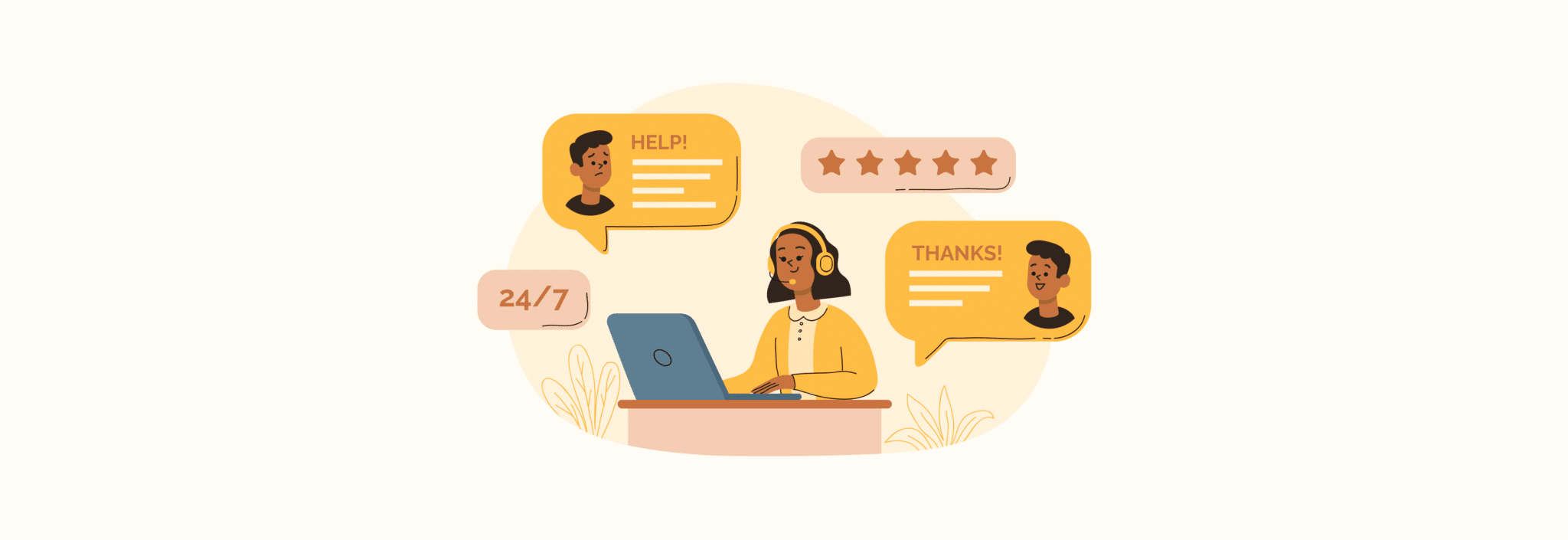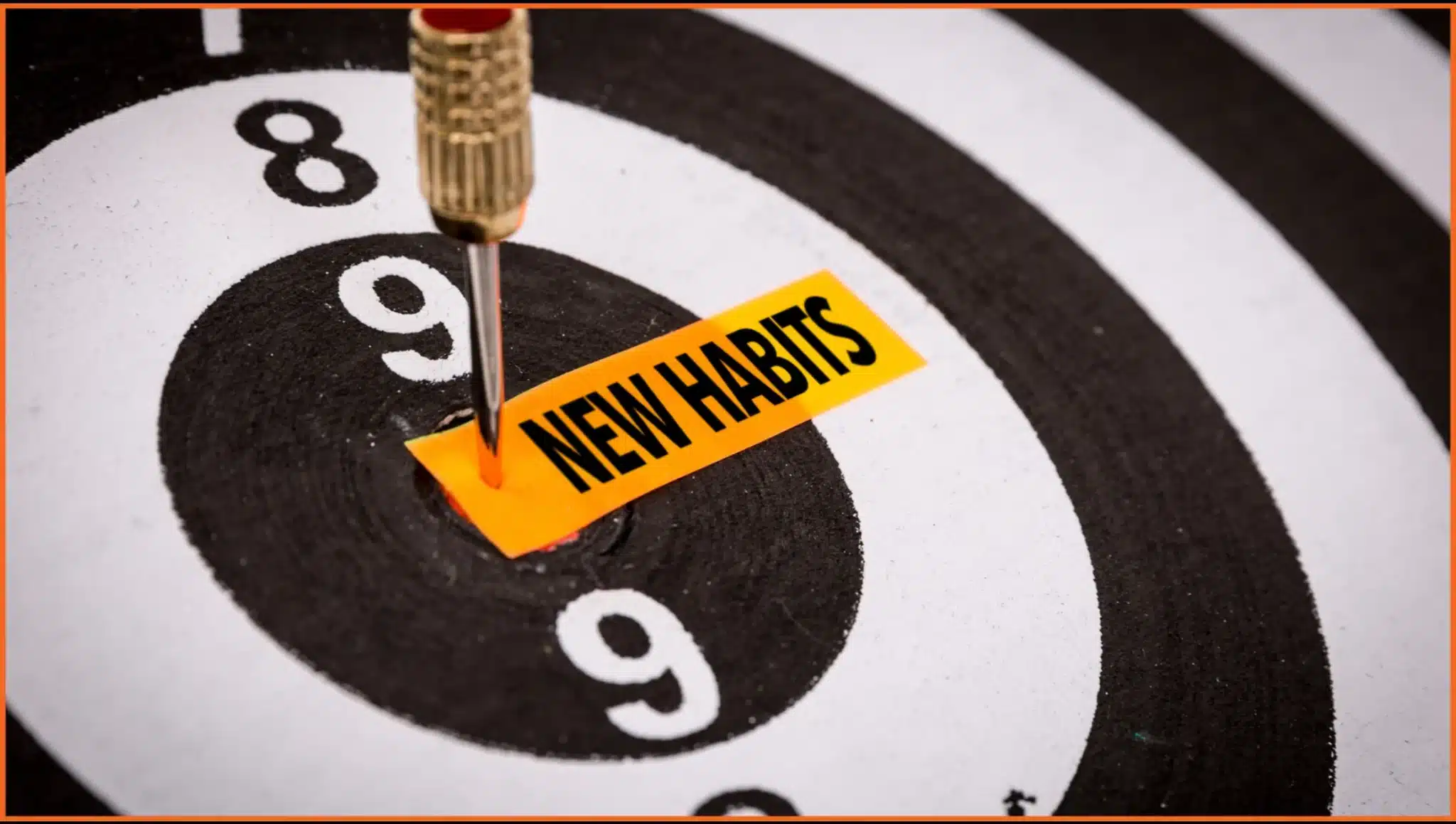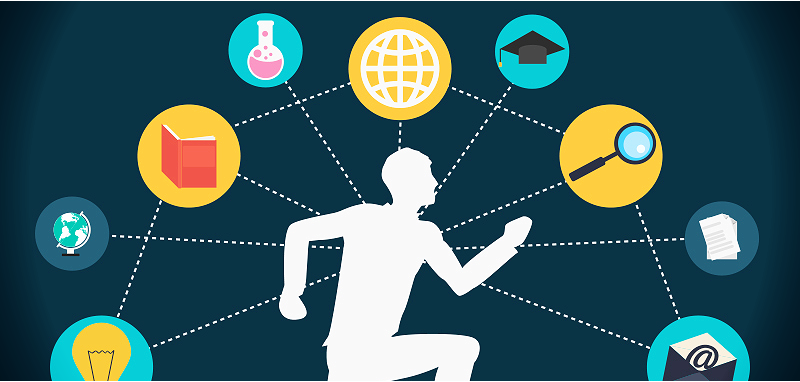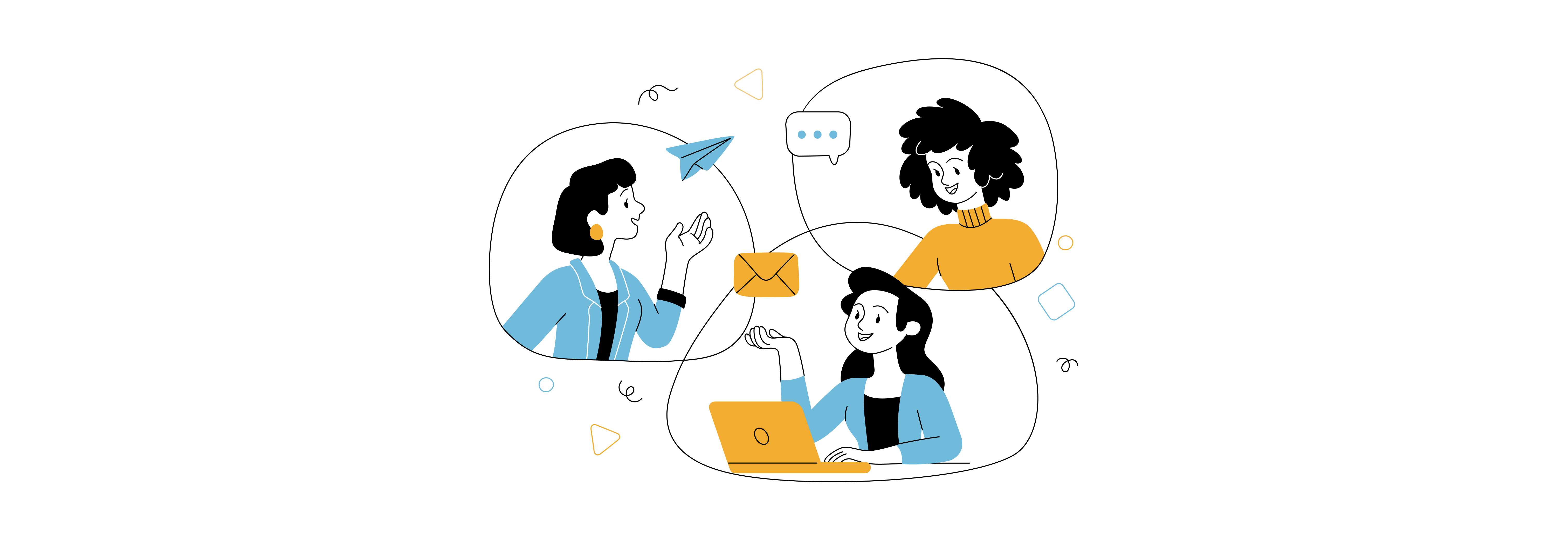Some stories stay with you. Sally’s story is one of them.
She was 25, working as a waitress at a bustling restaurant in New York. Her energy was infectious. She loved the fast pace, the late-night conversations with strangers, and the thrill of saving up to one day open her own restaurant. Life was demanding, but she handled it with that “you live only once” spirit most of us lose somewhere along the way.
Until one medical check-up changed everything.
A few lumps. A diagnosis. Advanced breast cancer. And just as she was trying to make sense of that, the first wave of the pandemic hit New York. Her job disappeared. Her routine vanished. Her life felt suspended. And suddenly, Sally, full of light, jokes, and optimism, had to dig deep to find something she never thought she would need quite so soon.
Resilience.
We do not talk about it enough. And when we do, it often sounds like a buzzword. But in reality, resilience is the very thing that helps us get up when everything around us urges us to sit down and give up.
Resilience is more than just bouncing back. It is about facing adversity with clarity, adapting to chaos with flexibility, and moving forward with purpose. It is something we cultivate every day, not just in crisis, but also in moments of calm.
So where do we find it? How do we keep our inner strength alive in the face of uncertainty?
Over the years, I have seen people draw resilience from many different places. In my own life, and in the stories of teams and individuals I work with, these five sources come up again and again.
1. Relationships: The People Who Help You Breathe Easier
Table of Contents
When life hits hard, we do not always look for solutions. We look for people. A friend who says “I hear you.” A colleague who shares a quiet smile after a rough meeting. A mentor who offers perspective without judgment.
These relationships are the first place I go to when I need grounding. And I have noticed the same with teams I work with. High-performing individuals often credit their resilience not to lone genius, but to the strength of their network. This is not about being extroverted or having a massive social circle. It is about having a few people you trust to show up when things get heavy.
Just like lakes depend on rivers, we depend on our people.
In corporate settings, mentorship circles, buddy programs, and employee resource groups are not just HR initiatives. They are lifelines. They build resilience quietly, through everyday connection.
Also Read: 5 Ways to Foster Psychological Safety at Your Workplace
2. Biological Resilience: Listening to What the Body Is Saying
I used to dismiss this one. Until I couldn’t.
Until stress started showing up not just in my mind, but in my shoulders, my stomach, and my breath. The body always keeps score. When we ignore it, we lose one of our best sources of feedback.
Biological resilience is about being aware of how stress lives in our bodies. It is that shallow breath before a difficult conversation. The tight chest in a tense meeting. The clenched jaw while reading a harsh email.
And it is about doing something about it.
Small rituals help. I have seen people build simple practices into their daily routine. A breathing pause before meetings. A lunchtime walk. A screen break after every two hours. A stretch between calls. These moments reset the body and, through it, the mind.
Organizations that prioritize well-being, not just with posters or programs, but with actual everyday practices, build teams that recover faster from stress. Wellness is not fluff. It is a business imperative.
3. Mastery: Regaining Control When Things Feel Out of Hand
The most disorienting thing about a crisis is the sense of not being in control.
When a plan falls apart. When a client pulls out. When feedback hits unexpectedly. It is easy to spiral. What helps me, and many others I coach, is to anchor ourselves in action.
This is where mastery comes in.
Mastery is not about being perfect. It is about building confidence through progress. It is learning more about the problem. It is seeking feedback with curiosity instead of fear. It is writing down thoughts until they make sense. It is trying, failing, trying again, and getting better.
Sally, in the midst of her treatment, began reading about nutrition. She wanted to feel stronger, to make choices. That simple act, learning something she could use, gave her a small, steady sense of power.
At work, this is why learning and development programs matter so much. They do not just build skill. They build confidence. A well-designed upskilling module, a leadership simulation, or a feedback lab can reframe failure into growth.
Also Read: Leadership Lessons from Abraham Lincoln
4. Spirituality: Finding Meaning Beyond the Moment
This is deeply personal. For some, it is prayer. For others, it is nature. For many, it is the belief that life is more than KPIs and quarterly reviews.
In moments of loss or disorientation, spirituality can offer a different lens. It reminds us that we are not the center of the universe, and that is actually a relief. It reminds us that we are part of something larger. That sometimes, the only thing we can do is show up, do our part, and let go of the outcome.
I once worked with a team that had missed a major product deadline after months of work. The disappointment was sharp. What helped the team move forward was not just strategy, but storytelling. One of the leaders began a meeting with a story about how failure in his past had led to a new path he had not anticipated. That shift from blame to meaning changed the room.
Spirituality, in this sense, can be a quiet form of resilience. It gives space for perspective, for grace, and for hope.
5. Mental Agility: Training the Mind to Respond, Not React
This is where it all comes together.
Mental agility is the skill of observing your own thoughts without being consumed by them. It is the ability to notice, “I am thinking I am failing,” and then ask, “Is that really true?” It is knowing that thoughts are not facts.
This takes practice. A lot of it.
But it can be learned. Through journaling. Through coaching. Through reframing exercises. One powerful technique I often use is asking, “What else could be true?” When something does not go my way, instead of falling into a trap of self-blame, I try to find at least two other interpretations of the situation. This expands perspective.
Teams that develop mental agility together become more adaptable. They respond to change with less panic. They hold ambiguity better. They solve problems faster because they are not stuck in defensiveness.
Also Read: Psychological Safety: The Key to Employee Performance
Building Resilience in Teams: A Workplace Takeaway
When we talk about resilience, we often frame it as a personal journey. But in organizational life, resilience is collective. It is cultural. It is built in meetings, in feedback loops, in leadership models, and in the quiet ways people show up for each other.
If you are in a role where you shape learning programs or lead teams, here are a few practical ways to foster resilience:
- Create space for real conversations, not just status updates
- Integrate emotional intelligence and communication into your training calendar
- Celebrate recovery, not just results
- Design learning experiences that build confidence and reflection
Our team at FocusU has seen great results by blending experiential learning with topics like resilience, adaptability, and well-being. It starts with how we learn together.
A helpful read: 4 Evergreen Employee Engagement Principles for Hybrid and Remote Workforces
In Closing: What Fills Your Lake?
Remember that image of the lake? It does not fill itself. It is fed.
So is your resilience.
It is fed by the people you talk to, the way you care for your body, the mindset you practice, the learning you seek, and the meaning you create. And like a lake, you do not wait for the drought to begin filling it. You nurture it consistently.
Sally is still on her journey. Her restaurant dream is still alive. And even on her toughest days, she reminds me of something I now tell every team I work with:
Resilience is not just about being strong. It is about staying connected, staying curious, and staying kind. To others. And to yourself.










